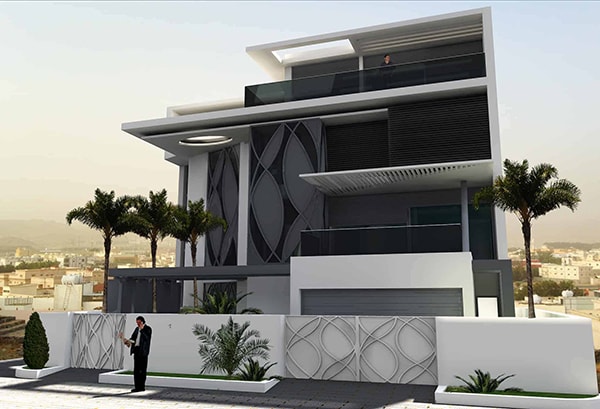The definition of minimalist architecture
Trendy in lifestyles, art, and home design is minimalism. Another setting where straightforward patterns really stand out is minimalist architecture. Find out what makes this distinctive architectural movement unique, where it came from, and how it is still being used today.
important traits
As other facets of minimalist design, minimalist architecture attempts to minimize visual noise and clutter by reducing a building to its bare essentials. This design aesthetic emphasizes space, materials, light, and structure. It calls emphasis to a structure’s most basic shape while glorifying its fundamental structural components. Buildings are nearly entirely devoid of decorative elements, making the structure itself the main attraction.
These places are in no way visually boring since they lack ornamentation. The unique spaces of minimalist architecture are made by using minimalism. Using the fewest number of elements possible, the most visual impact is produced through carefully selected angles, materials, and lighting. Using empty space is essential to achieve this. In minimalist architecture, vacant space is employed to attract attention to the important architectural components, or the absence of them, which may not seem to accomplish much in other styles.
This style’s color schemes support the idea of utilizing as little as possible. There is a lot of usage of neutral, calming colors like tan, white, gray, and black.
Basic building materials are employed, including steel, stone, concrete, and glass. These materials not only keep the building’s core as straightforward as possible, removing any needless adornment, but they also frequently feature neutral colors that go well with minimalist designs.
The building as a whole has an air of orderliness and simplicity because to the recurrent use of simple angles and clean lines throughout. While curved, decorative lines would take away from the clear, simple, and practicality of minimalist architecture, geometric shapes are frequently used instead.
Modern architecture versus minimalist architecture
Modern and minimalist architecture is sometimes mistaken. These terms are frequently used to refer to the same style. In spite of the fact that this is typical and both of these designs are renowned for their simplicity, minimal and contemporary architecture is very different.
The term “minimalist architecture” refers to a certain architectural style that aims for bare-bones, uncluttered simplicity. On the other hand, contemporary architecture is a constantly evolving genre that refers to popular architectural styles at any particular time. Therefore, a modern building created 10 years ago can appear very different from a modern home completed in 2022. But no matter what characteristics a contemporary home has, they all aim to break the stereotype.
Modern architecture is an effort to depart from conventional architectural forms by utilizing distinctive, inventive elements, shapes, and technology.
Building with Less but More Impact
In today’s architectural landscape, minimalist design is still in vogue. Architects from all over the world are inspired by its straightforward, zen-like atmosphere and pure lines. Minimalist design has had a significant impact on architectural styles since the 1920s. Whether buildings adopt a few key elements or are completely minimalist in style, minimalist architecture continues to have a significant influence on the field of popular architecture.
More on INJ Architects:

